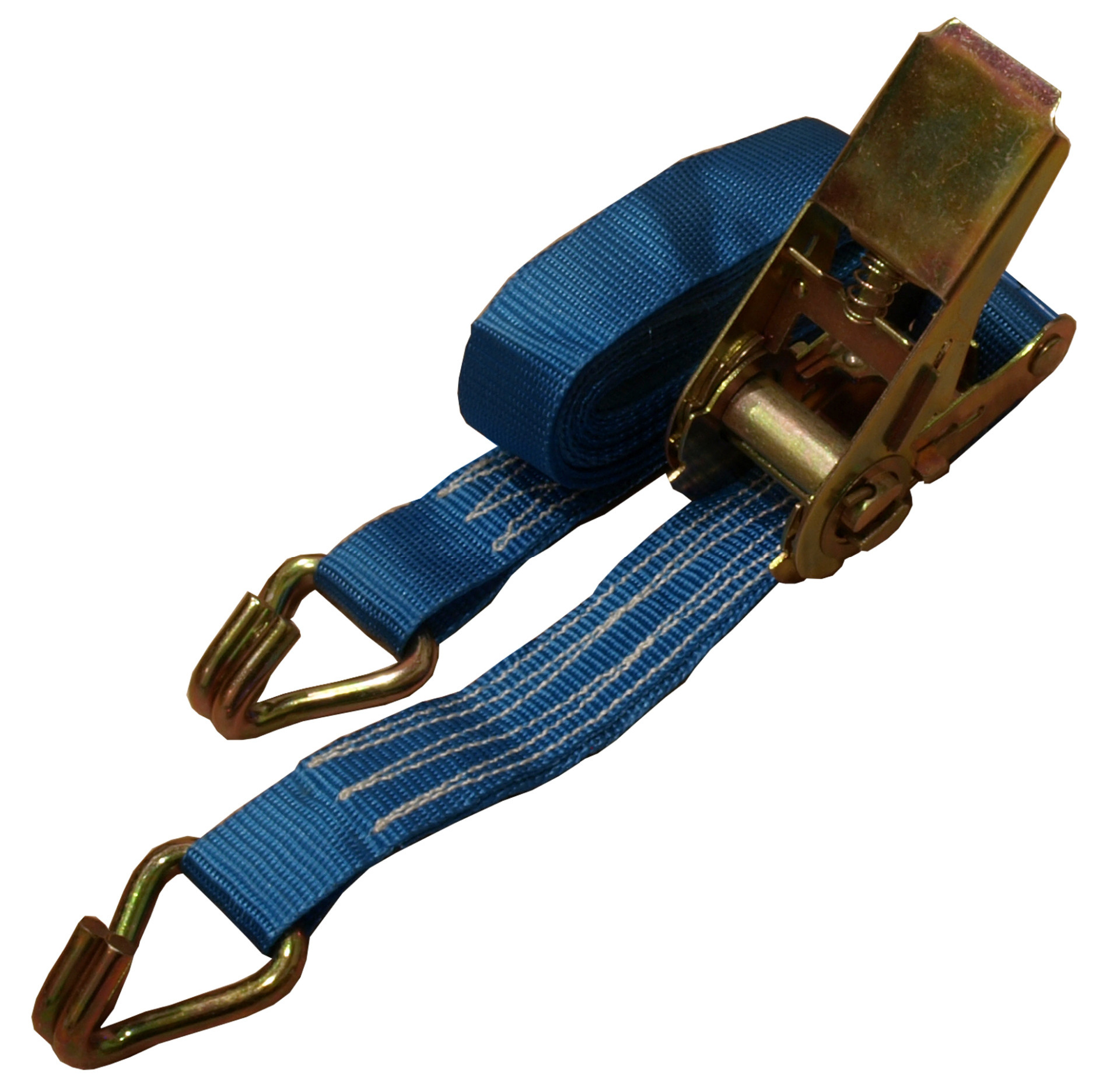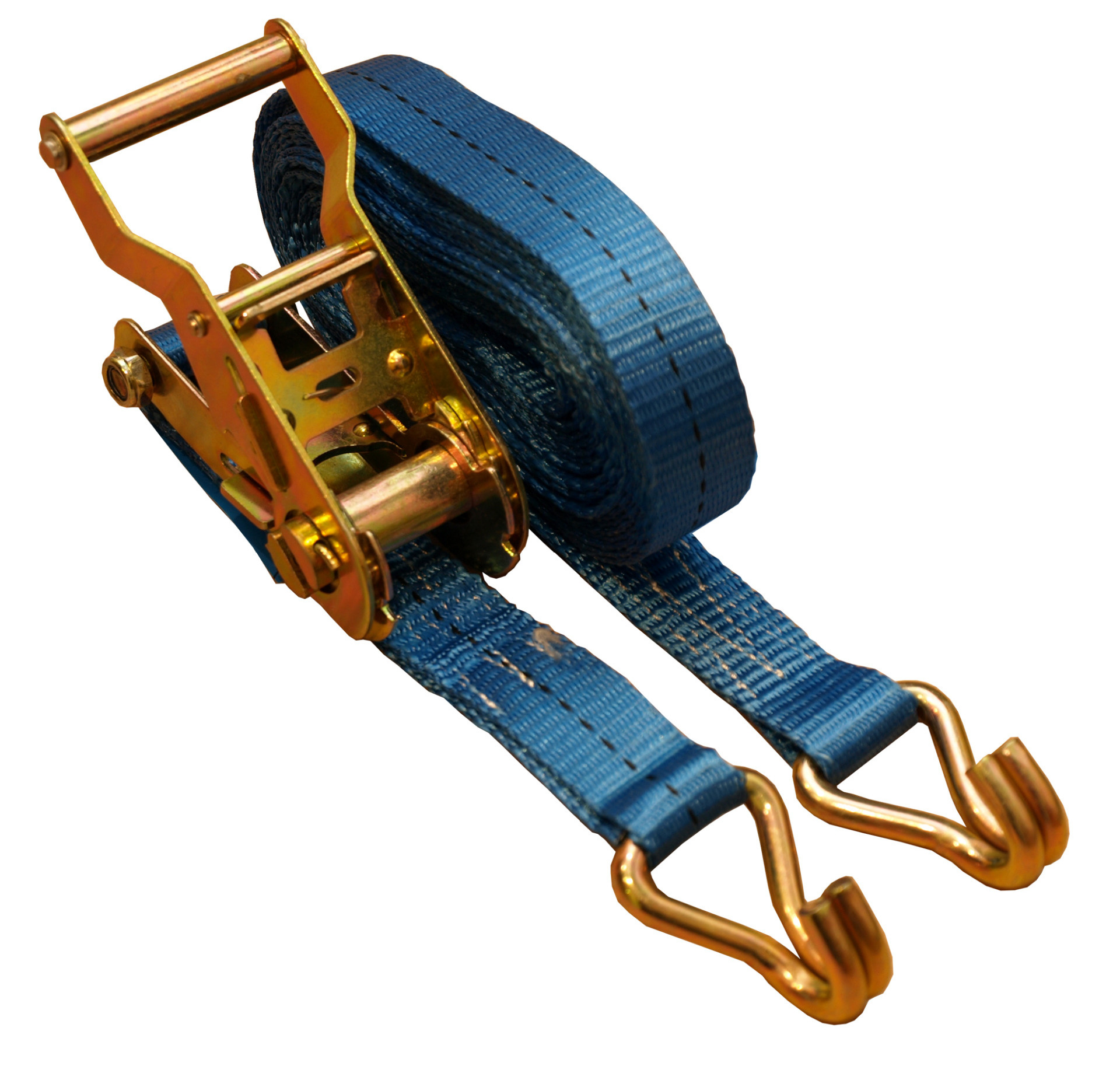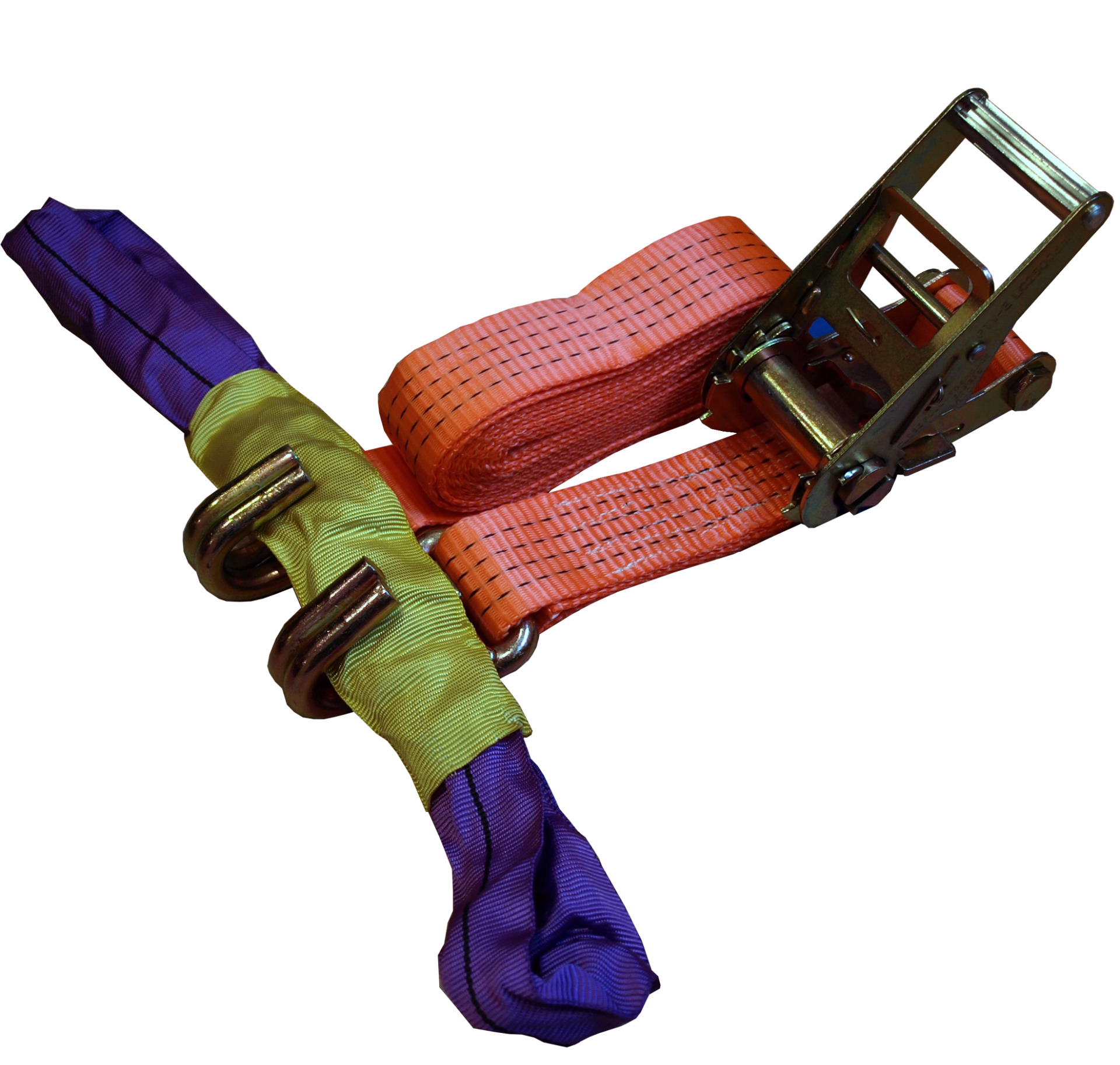HOW TO TIE DOWN ROOF CARGO

After you’ve selected the appropriate vehicle roof rack for your cargo, it’s time to learn how to safely tie down your rooftop cargo.
The purpose of this page is to not only to give you step-by-step instructions on securing cargo to your roof rack, but also to educate you in the safety precautions you’ll need to keep in mind as well as what the correct equipment is for securing your cargo.
Safety Tips for Transporting Roof Cargo
The last thing you want when transporting rooftop cargo is for it to cause a safety hazard to you or others, which is why we advise that the following safety tips be followed when transporting roof cargo.
Use the proper equipment - If you are not securing your cargo with the proper safety straps, it could come loose during transportation, becoming a hazard to others. See the below section about proper equipment for more information.
Ensure that the cargo doesn’t obstruct your view - Long cargo like canoes or kayaks must be placed so that they do not obstruct your view of the road or street signs while driving. Place your cargo in a spot that won’t impair your vision.
Never transport anything wider than the vehicle’s roof - Cargo wider than your vehicle can make controlling your vehicle difficult and dangerous, especially when considering aerodynamics. Wide cargo also unbalances the vehicle’s center of gravity, making the car more likely to tip.
Attach your safety straps to solid tie-down points - Do not hook your tie-down straps onto plastic or flimsy bumpers. Instead, secure your safety straps to the roof bars or, if necessary, the metal frame or trailer hitch chain loops under your vehicle.
Maintain a manageable speed - The wind’s effects on your rooftop cargo, as well as the higher center of gravity, can make driving difficult and dangerous. Practice driving slower with rooftop cargo than you typically would without, especially during turns.
Check all tie-down connections occasionally during transport - Even with all the right equipment and preparation, safety straps may come loose during transportation. Stop occasionally and check that your safety straps remain tight and secure throughout your trip.



The Proper Equipment for Securing Roof Cargo
Tie-down straps are the safest and most dependable harnesses you can use to secure your rooftop cargo during transportation. They are available in a variety of lengths, widths, strength ratings, hook ends, and secure methods. Remember that bungee cords, also known as shock cords, are neither safe nor reliable for securing cargo of any type for transportation.
How to Tie Down Roof Cargo
The basic steps to properly and safely secure cargo to the roof of your vehicle are the same whether you’re securing your cargo to roof cross bars, side rails, ladder racks, or baskets.
With the cargo on your roof, lay the safety strap across the width of your cargo.
Take an end of the safety strap and loop it down, under a roof bar that runs perpendicular to your vehicle, and then back up to the top of the cargo.
Bring that strap end around to the other side of the cargo.
Just as before, wrap that end of the safety strap under the other side of the same roof bar.
Secure each end together, and tie any slack to the rack.






